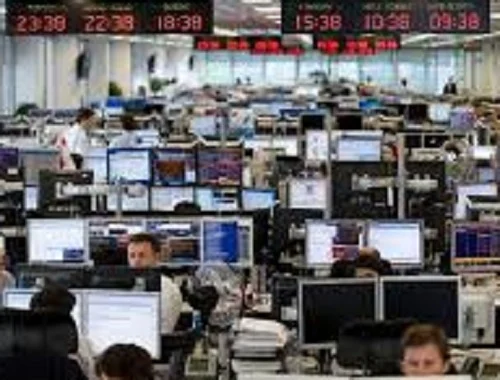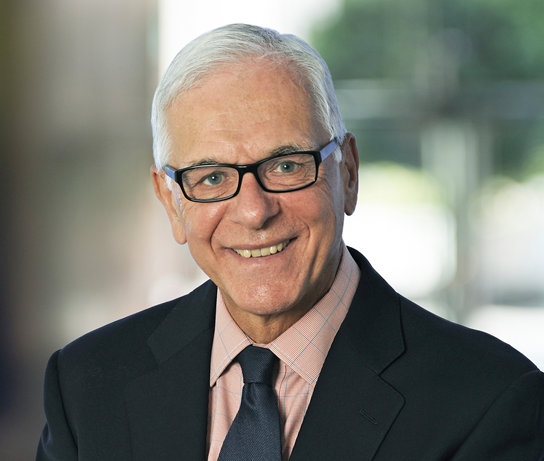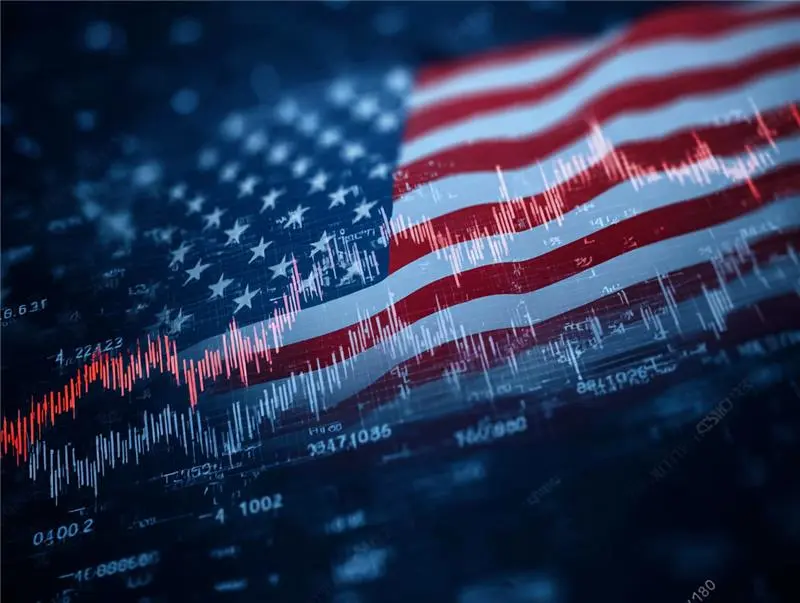Confidence in derivatives falls for second consecutive quarter - study
4th September, 2025|Aravind Bulusu

Expectations of sluggish revenue growth, lower volumes and reduced volatility amid ongoing geopolitical uncertainty have reduced confidence in the global derivatives industry for the second quarter, according to research by Singapore Exchange (SGX).
The latest SGX Global Market Sentiment Index is based on a survey of senior executives at proprietary trading shops, asset management firms, hedge funds, clearing firms and sell-side execution desks.
The findings, published jointly by market intelligence firm Acuiti and the Singapore Exchange on Wednesday, found 68% of respondents are currently confident in the outlook for derivative markets. This compared with 74% in the three months to the end of June and 78% in the first quarter of the year.
The latest index considered trading patterns from June and July.
Will Mitting, managing director of Acuiti, said: “While the first half of 2025 was a profitable period for many firms, the industry is entering a more cautious phase. Market participants are adjusting to more muted responses to macro events and lower volatility across major asset classes.”
“While there is still plenty of opportunity to be had across global derivatives markets, both volumes and volatility have fallen back since their record highs in April.”
The report said optimism fell across Europe, North America and Asia Pacific with the sharpest declines in the US, where the index fell to 70 from a record high of 89 in the second quarter.
Proprietary trading firms saw the greatest drop in confidence, to 63 from 81 in the previous quarter while confidence among sell-side execution and clearing executives dropped. The addition of new markets and client growth, however, signaled a positive outlook among sell-side executives.
Hedge funds were the only segment to report an increase in confidence to a score of 68 from 61 in the previous three months.
In foreign exchange derivatives, trading firms saw potential in Indian rupee, followed by Brazilian real and Chinese renminbi, amid market electronification and innovation at exchanges, the research concluded.


